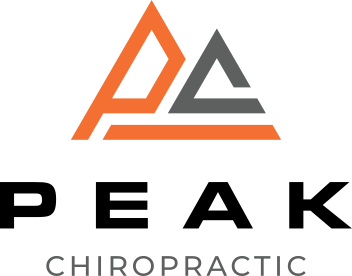If you're struggling with neck pain, you're not alone, and it can greatly affect your daily life. Fortunately, there are three effective techniques that can provide relief and help restore comfort. By incorporating simple stretching exercises, utilizing heat therapy, and improving your posture, you might find a path toward better neck health. But what exactly do these techniques involve, and how can you seamlessly integrate them into your routine? The answers could lead you to a more comfortable lifestyle.
Stretching Exercises
Stretching exercises can be a game-changer for relieving neck pain. When you incorporate these exercises into your routine, you're not just easing tension; you're also improving flexibility and promoting better posture. A few simple stretches can make a significant difference in how you feel throughout the day.
Start with the neck tilt. Sit or stand comfortably, and gently tilt your head toward one shoulder. Hold for 15-30 seconds, feeling the stretch along the opposite side of your neck. Switch sides and repeat. This exercise helps to release tightness and enhances mobility.
Next, try the chin tuck. While sitting or standing, draw your chin straight back towards your neck, as if you're trying to create a double chin. Hold for 5 seconds, then relax. Repeat this 10 times. This stretch strengthens your neck muscles and aligns your head over your spine, which can alleviate strain.
Lastly, incorporate the shoulder shrug. Raise your shoulders towards your ears and hold for a moment before releasing them back down. Repeat this 10-15 times. This simple movement can relieve muscle tension in your neck and shoulders, promoting relaxation.
Consistency is key, so aim to perform these stretches daily. You'll likely notice improvements in your neck pain and overall comfort.
Remember to listen to your body, and don't force any movements. With regular practice, you can reclaim your mobility and reduce discomfort effectively.
Heat and Cold Therapy
After incorporating stretching exercises into your routine, you might want to explore additional methods for alleviating neck pain, such as heat and cold therapy. These techniques are simple yet effective and can provide quick relief from discomfort.
Heat therapy involves applying warmth to your neck, which helps increase blood flow and relaxes tense muscles. You can use a heating pad, warm towel, or even take a warm shower. Just make sure the heat isn't too intense; you don't want to burn your skin. Aim for about 15-20 minutes of heat application, and you'll likely feel significant relief.
On the other hand, cold therapy can be great for reducing inflammation and numbing sharp pain. You can use an ice pack or a bag of frozen vegetables wrapped in a thin towel. Apply it to your neck for about 10-15 minutes. Be cautious not to apply ice directly to your skin, as this can lead to frostbite. Cold therapy is particularly effective after a strain or injury.
You can alternate between heat and cold therapy to maximize the benefits. For instance, you might start with cold therapy to reduce swelling and follow up with heat to relax the muscles.
Experiment with both to see what works best for you, and remember to listen to your body. If the pain persists or worsens, it's always a good idea to consult a healthcare professional for further guidance.
Posture Improvement Techniques
Improving your posture can greatly reduce neck pain and prevent future discomfort. By making a few adjustments in your daily habits, you can create a more supportive environment for your neck.
Start by being mindful of your sitting position. When you sit at a desk, your shoulders should be relaxed, and your back should be straight. Adjust your chair height so that your feet rest flat on the floor, and guarantee your computer screen is at eye level. This helps keep your neck in a neutral position, reducing strain.
Next, take regular breaks. If you work long hours, set a timer to remind yourself to stand up, stretch, and move around every 30 to 60 minutes. This simple practice can alleviate tension and keep your muscles from becoming fatigued.
Consider incorporating exercises that strengthen your neck and upper back. Simple neck stretches or shoulder blade squeezes can be done throughout the day to improve flexibility and muscle tone.
Lastly, pay attention to your sleeping posture. Use a pillow that supports the natural curve of your neck and avoid sleeping on your stomach, as it can twist your neck in uncomfortable positions. Instead, try sleeping on your back or side with a supportive pillow.
Conclusion
In conclusion, finding relief for neck pain is achievable with consistent effort. By incorporating stretching exercises into your daily routine, using heat therapy to soothe tense muscles, and improving your posture, you can greatly reduce discomfort. Remember, small changes can make a big difference, so take the time to prioritize your neck health. With these techniques, you'll be on your way to a more comfortable and pain-free life. Take action today for a healthier tomorrow!



